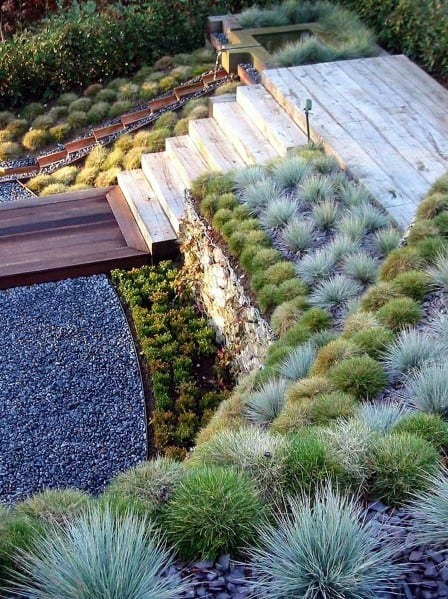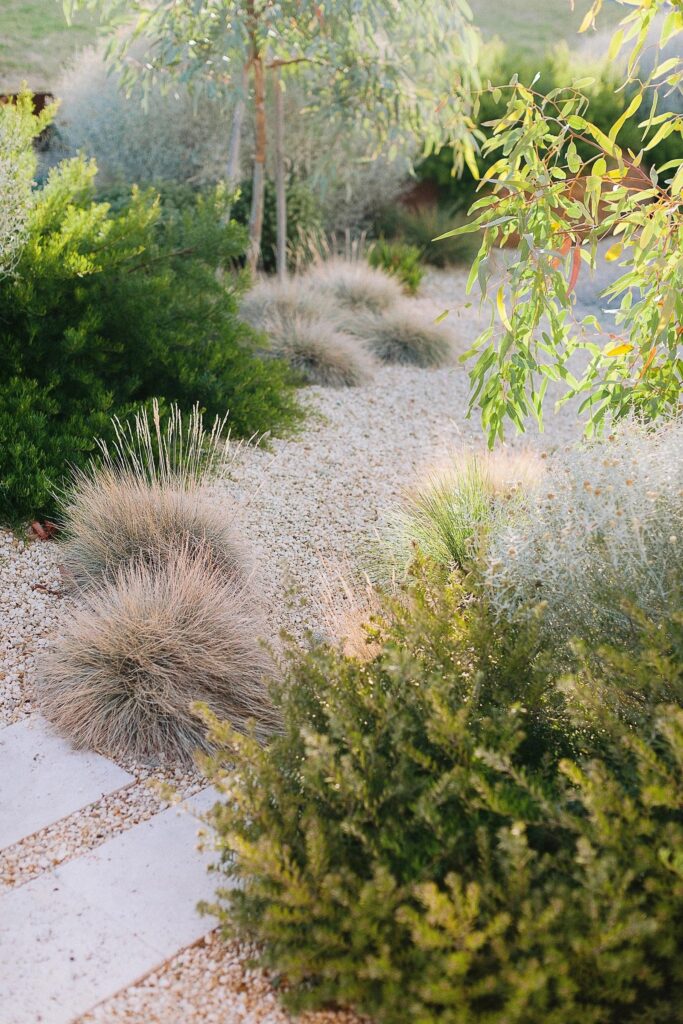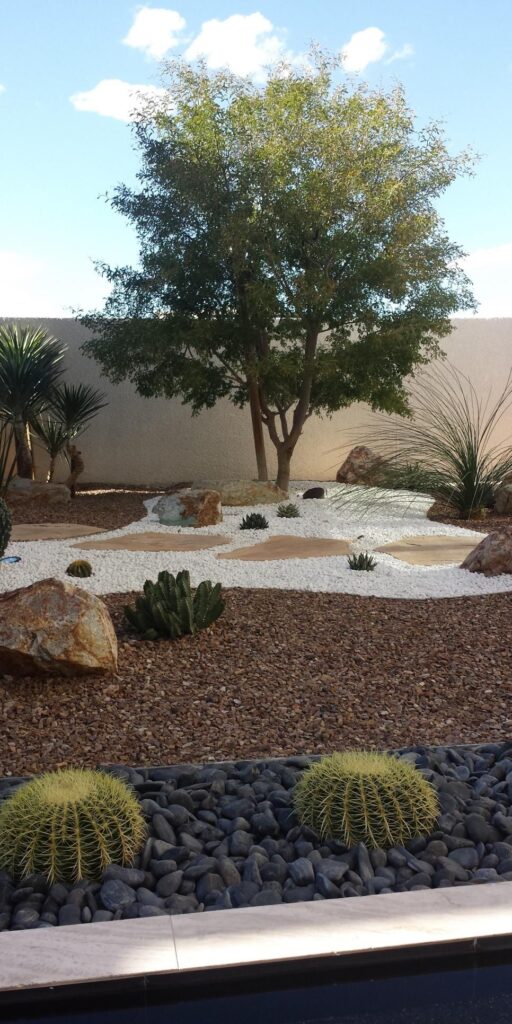Landscaping xeriscape involves creating a low-maintenance, drought-resistant garden that utilizes native and drought-tolerant plants to conserve water. This type of landscaping is becoming increasingly popular in areas that experience frequent drought conditions, as it not only helps save water but also reduces the need for costly maintenance and irrigation.
One of the key principles of xeriscape landscaping is selecting plants that are well-suited to the local climate and soil conditions. Native plants are often the best choice, as they have evolved to thrive in the area and require minimal water and maintenance. Drought-tolerant plants, such as succulents and cacti, are also popular choices for xeriscape gardens.
Another important aspect of xeriscape landscaping is proper soil preparation. Well-draining soil is essential for the success of drought-resistant plants, as it prevents water from pooling and causing root rot. Adding organic matter, such as compost or mulch, can help improve soil structure and fertility, ensuring that plants have access to essential nutrients.
In addition to plant selection and soil preparation, efficient irrigation is crucial for xeriscape landscaping. Drip irrigation systems are often recommended, as they deliver water directly to the roots of plants, minimizing evaporation and runoff. Watering infrequently but deeply encourages deep root growth and helps plants become more resilient to drought conditions.
Mulching is another important component of xeriscape landscaping, as it helps retain moisture in the soil, suppresses weeds, and adds organic matter to the garden. Organic mulches, such as wood chips or bark, are preferred over synthetic materials, as they break down over time and improve soil structure.
Finally, incorporating hardscape elements, such as gravel pathways, stone retaining walls, or decorative rocks, can enhance the visual appeal of a xeriscape garden while reducing the need for water-intensive turf grass. These features can provide structure and contrast to the garden, creating a more dynamic and visually interesting landscape. With careful planning and thoughtful design, landscaping xeriscape can create a beautiful, sustainable garden that conserves water and thrives in arid conditions.

















